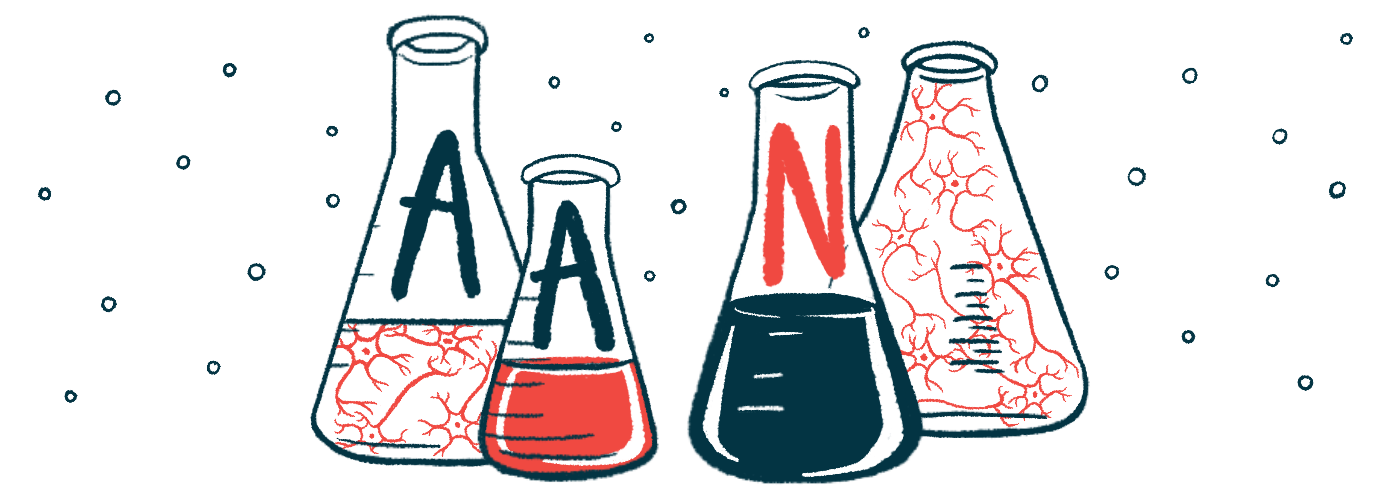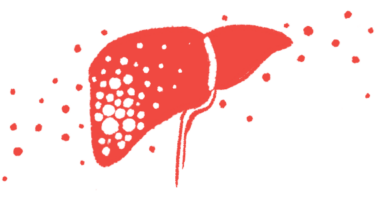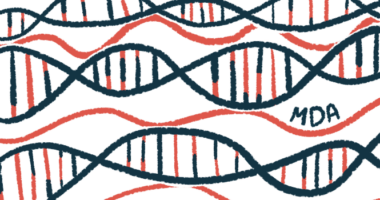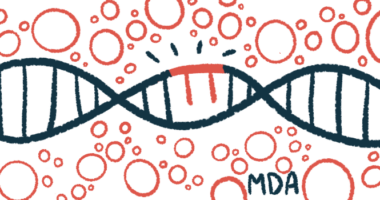AAN 2023: Type 0 SMA twins alive 2 years after Zolgensma treatment
Girls with rarest form of disease, treated early, now are walking

Twin girls with type 0 spinal muscular atrophy (SMA) — the most severe form of the disease, which usually leads to death in the first months of life — are alive nearly two years after receiving early treatment with the gene therapy Zolgensma (onasemnogene abeparvovec-xioi), according to researchers.
Moreover, the girls are now walking, talking, and able to feed themselves.
Scientists from the University of Iowa shared details of the case at the American Academy of Neurology (AAN) 2023 Annual Meeting, taking place this week in Boston. Their poster was titled, “The Use of Onasemnogene-abeparvovec at 33 weeks’ gestation in Spinal Muscular Atrophy with One Copy of SMN2.”
“This case report is important because it demonstrates the potential for excellent outcomes, even in children predicted to have extremely severe disease,” the researchers wrote in their abstract.
Zolgensma given during what would have been pregnancy’s 3rd trimester
Type 0 SMA, the rarest form of the genetic disease, is characterized by symptoms like reduced fetal movement that are apparent in pregnancy before a baby is born. Without treatment, babies with this type of SMA usually have substantially reduced ability to move, and most don’t survive past the age of 6 months.
Even in cases when treatment is given at birth after a full-term pregnancy, or at about 40 weeks gestation, outcomes in SMA type 0 have generally been poor. The main reason for this is that available SMA therapies can slow the progression of SMA, but they can’t reverse damage that’s already occurred — and by definition, babies with type 0 already have begun to experience progression by the time a full-term pregnancy has ended.
In the case described at the AAN meeting, one of the twins started to move more slowly in the womb than the expectant mother had previously noted. This prompted medical concern, and the decision was made for the babies to be born via cesarean section at 30 weeks gestational age — about midway through the third trimester of pregnancy.
Shortly after birth, both babies were put on ventilators to support their breathing, and feeding tubes were used to deliver nutrition.
Routine newborn screening for SMA was positive, prompting further genetic tests. This confirmed that both babies had no copies of the SMN1 gene, and each of them had only one copy of the SMN2 gene, which serves as a backup of sorts to SMN1. These genetic findings were consistent with a diagnosis of SMA type 0.
About three weeks after the babies were born, both were treated with Zolgensma, a one-time gene therapy designed to deliver a working copy of the SMN1 gene to the body’s cells. A course of steroids also was given to prevent an immune reaction to the therapy, which is standard for gene therapy treatments.
These twins were treated in the middle of the last trimester of pregnancy, very early in a proposed critical window for treatment [for SMA].
For the duration of the babies’ stay in the hospital, neurological and muscle tone exams were normal, the researchers reported. Both babies were able to leave the hospital 51 days after they were born. One of the children continued to rely on a feeding tube for about another month after leaving the hospital, but then was able to switch to getting nutrition orally.
At age 8 months of age, the twins were able to sit unsupported, and by age 1, they could crawl, pull themselves to a standing position, and say one-word phrases. By age 15 months, they were walking independently, and by 19 months, they could run, use utensils to feed themselves, and speak in short phrases.
When accounting for the fact that the babies were born about two months before a typical pregnancy would end, all of these milestones were reached within normal developmental timeframes, the researchers noted.
The team highlighted that these babies were treated with Zolgensma at about 33 weeks’ gestational age — before a pregnancy would normally end, and importantly, before most disease-driving processes associated with SMA are thought to start.
“These twins were treated in the middle of the last trimester of pregnancy, very early in this proposed critical window for treatment” for SMA, the researchers wrote. Administering treatment early in this critical window likely contributed to the remarkable outcomes reported here, with the girls achieving “normal development” for their age, the team said.
Neither of the girls experienced any side effects from the therapy, and both had normal muscle and reflexes, the abstract notes.
Zolgensma is sold by Novartis, which was not involved in this study.








